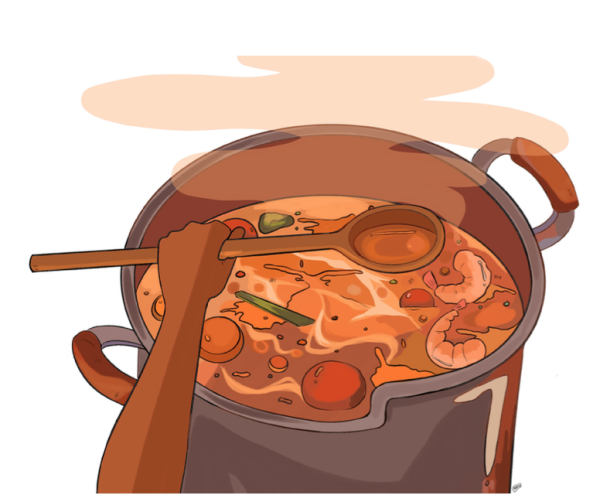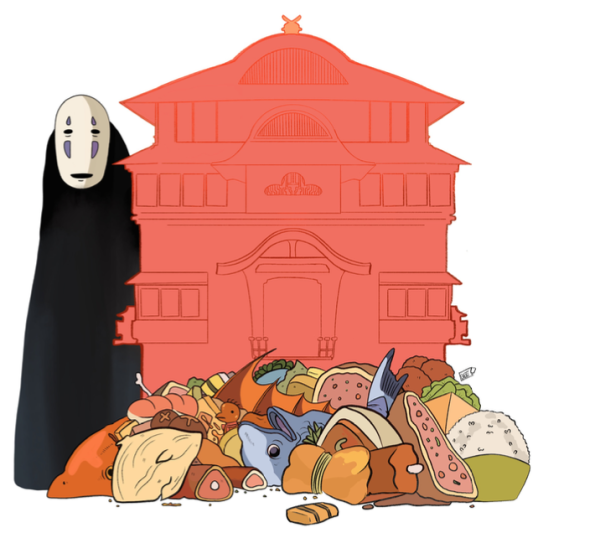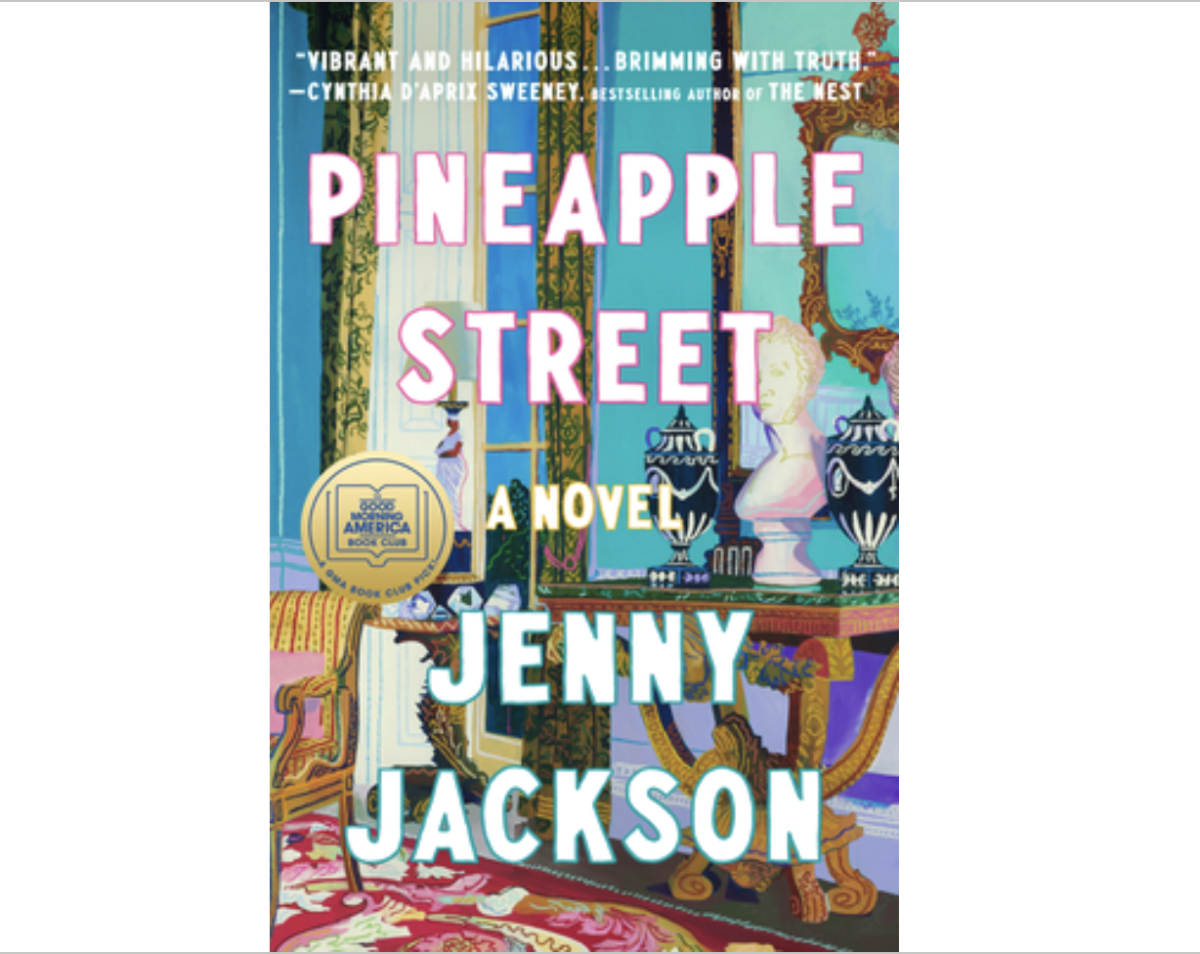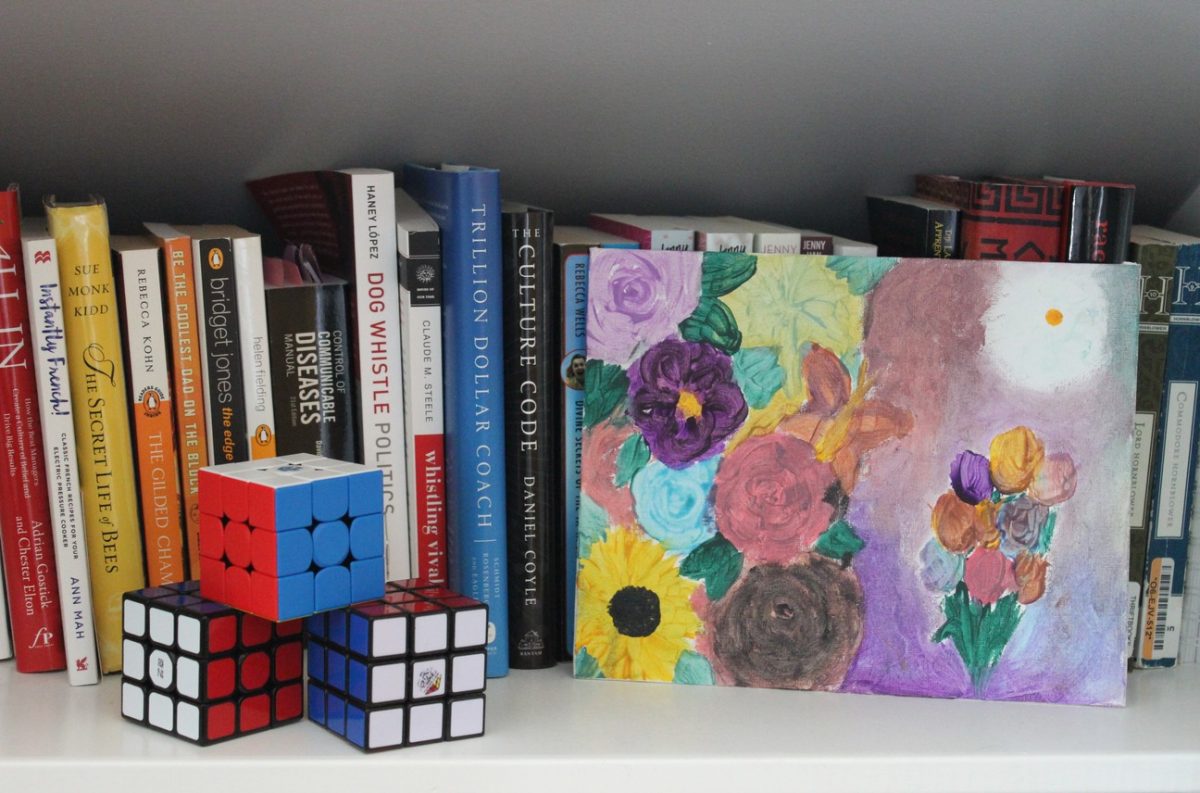 Ratatouille
Ratatouille
“Ratatouille” is a movie all about the love of food. It highlights the idea that anyone can cook and centers around food as an art and evokes the desire to create delicious food to share and enjoy. A pivotal moment in the story is when an infamously harsh critic, Anton Ego, comes to review the restaurant that the protagonist, Remy, is cooking for.
There is only one problem: Remy is a rat, and the restaurant is in danger of being shut down. When Ego tastes the ratatouille that Remy (albeit secretly) makes for him, he is taken back to his childhood. In one flashback, Ego is instantly humanized, a moment so important that it is immortalized as the title of the film. He finds out Remy’s secret but leaves an incredible review anyway, expressing that the dish was so extraordinary that he loved it in spite of its “unexpected source”.
Ratatouille is referred to as a “peasant dish” and was made by a nontraditional chef, but it still impacted the critic deeply, proving once and for all that true artistry can come from anywhere and anyone who dares to try. The cooking sequences are hypnotic, the creativity is dizzying and the power of food is poignant in every frame. Ratatouille (both dish and movie) are sure to be remembered.
Gumbo & Beignets
“Princess and the Frog” is one of Disney’s most well-known movies, boasting a dramatic villain, a romantic love story, and some truly iconic dishes. One of those is a gumbo that Tiana makes throughout the film, a dish she grew up cooking with her dad that inspired her to inherit his dream of opening a restaurant. “You know the thing about good food?” Tiana’s dad asks. “It brings folks together from all walks of life. It warms them right up and it puts little smiles on their faces.”
Gumbo is a type of stew popularized in New Orleans with base ingredients of stock, meat and shellfish, and various vegetables, typically served over rice. The gumbo shows up time and time again, from the scene where Tiana and her dad share the gumbo with their neighbors to Tiana teaching Naveen how to cook it and opening up about her dreams. It is not only a fantastic way to introduce new scenes and character moments, but to give us a glimpse into traditional New Orleans cuisine and culture, and into Tiana’s dream, the very thing that drives the story and makes it so memorable and impactful. Tiana is also known for her beignets, a square pastry made of fried dough that’s often served for breakfast in New Orleans. Tiana is shown as stressed out and over- worked at her waitressing job, but she visibly brightens as she whips up a batch of her beignets, drizzling them with honey and topping them with a generous amount of powdered sugar.
These beignets end up making Tiana’s dreams come true — she is hired as the caterer for her best friend’s costume party and promised enough money to finally open her restaurant. This tasty treat is not only a way to further the plot and make our mouths water, but it gives the audience insight into Tiana’s character. For example, as she serves up the pastries, customers smile and greet her by name, and we really see Tiana’s passion for good food and root for her as a protagonist.
Traditional Japanese Food
“Spirited Away” tells the story of a girl named Chihiro who becomes trapped in the spirit world. Set in a bathhouse for spirits, Chihiro has to confront and work for all kinds of spirits to be sent back to the human world.
Throughout the movie, we are introduced to a wide variety of traditional Japanese foods that are an integral part of the story. In this world, food is treated with great importance and value. At the beginning of the movie, Chihiro and her parents wander into a market overflowing with rich meat and vegetables. Everything looks so tender and juicy that Chihiro’s parents sit down to gorge themselves, oblivious to the fact that the food is for spirits. As punishment for eating the spirit’s food, they are turned into pigs midway through their meal, which sets Chihiros’s motive for the rest of the story: to get her parents back to human form.
As the movie continues, we are introduced to many unfamiliar foods such as fried newt on a stick (a delicacy) and healing rice cakes. Food is also used as offerings to more powerful spirits, which usually consist of plates overflowing with meat, sushi and cakes, and bowls, stacked dangerously high, holding rice or soups.
Turkish Delight
After passing through the closet and entering Narnia, a magical winter land full of magic and power, Edmund, one of four siblings adjusting to their new residence in the countryside, finds himself confronted by “The White Witch.” To hide the evil lurking behind her eyes, she offers Edmund a ride in her sleigh and opens a small magic bottle. As she drips the contents onto the snowy ground, a chalice and tray of Turkish Delight appear out of thin air.
After biting into the jelly cubes, Edmund becomes immediately enchanted, leaving him desperate for more. This desperation makes him willing to commit unthinkable against his siblings and against Narnia. Though delicious looking on the outside, Turkish Delight was given a sinister meaning in the movie.
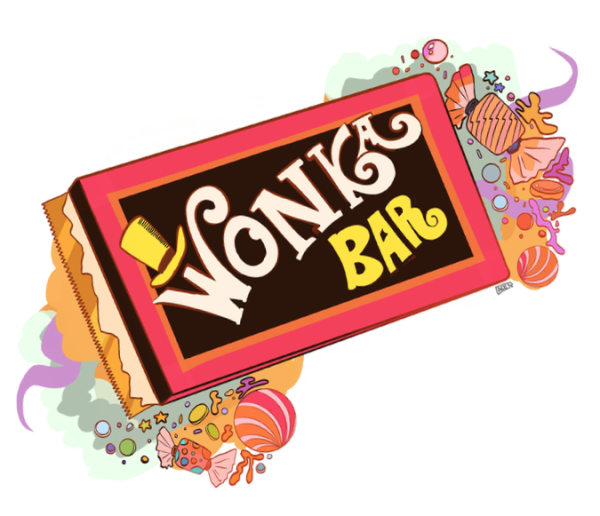 Desserts and Candy
Desserts and Candy
With sweet treats being the center of this movie, many iconic desserts and candy were born. From the everlasting gobstopper to the “Fizzy Lifting Drink” so much detail and creativity went into the creation of the food.
The most noticeable candy that flowed through the whole movie was the chocolate river, but soon we are introduced to very specific candies with different abilities and side effects. One of the chocolates, named “television chocolate” could send itself through a TV, leading to Willy Wonka’s famous quote “If television can break up a photograph into millions of tiny pieces, why can’t we do the same with chocolate?” There were more sinister candies, such as the everlasting chewing gum that caused one of the girls, Denis Nickerson, to blow up into a blueberry.
The messages presented by the treats in this movie are the dangers of temptation, impatience and greed. The more the children pushed for something, the more susceptible they became to the side effects of the candy and dangers of the factory.



